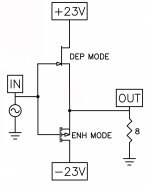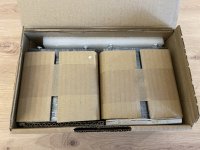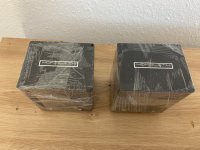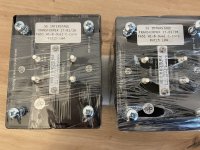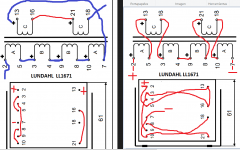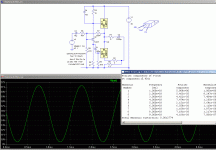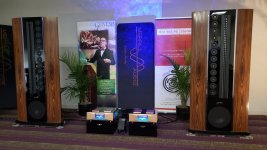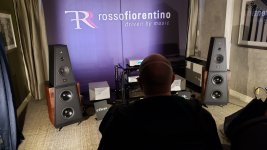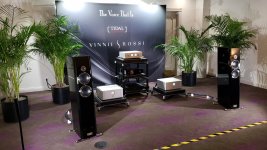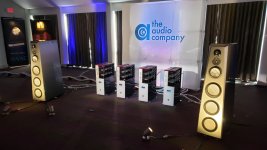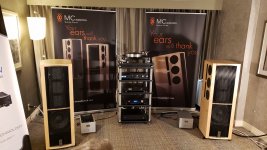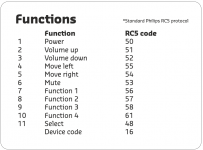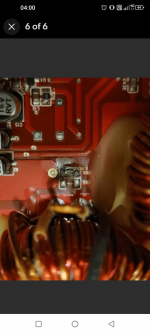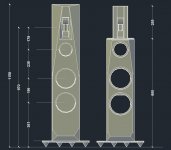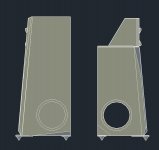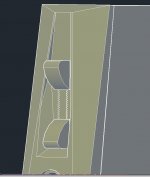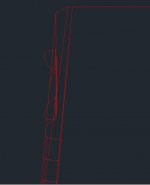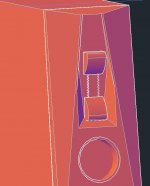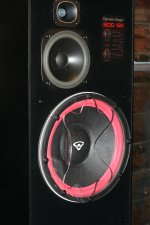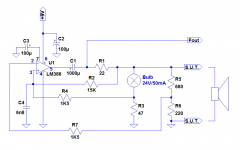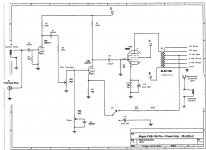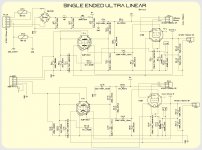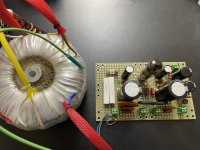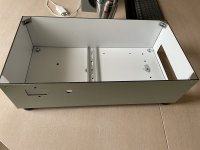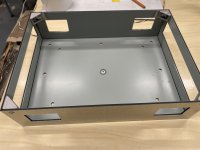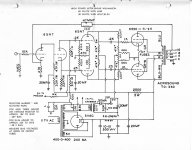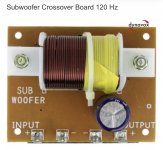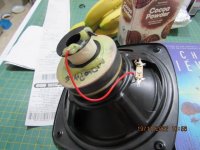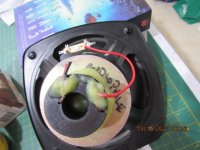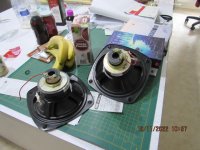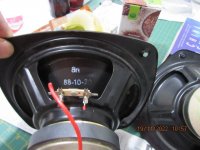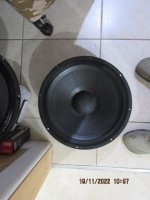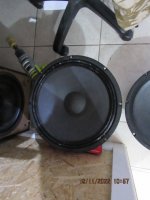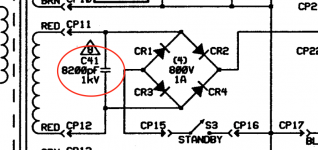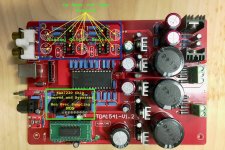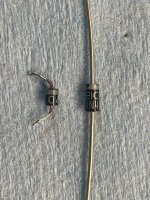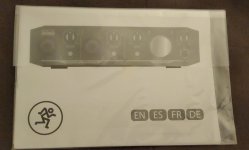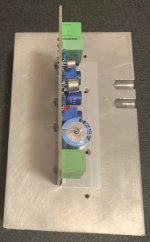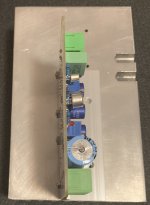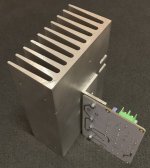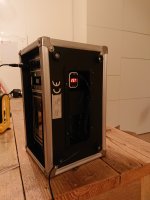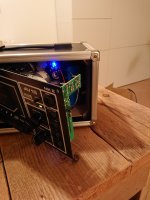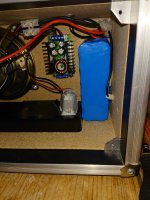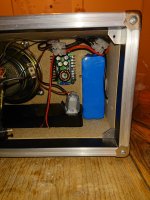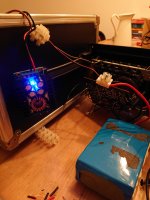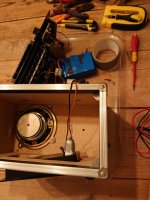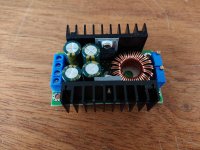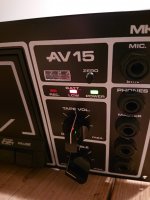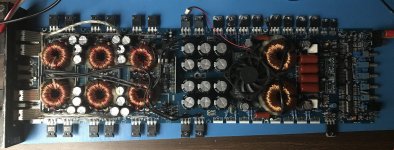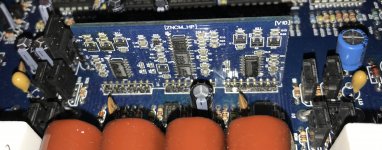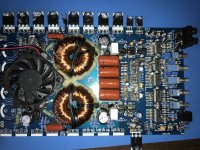GaN-based class D amplifier PWM vs Delta-Sigma? Closed Loop vs Open?
- By Evan Steele
- Class D
- 15 Replies
Hello everyone, I am a university student working within a group of three on the design of a class D amp as a graduation project, with the end of goal of automobile application. At the moment, we are in the early pre-design stage which entails considering relevant design options for different aspects of the amplifier.
For the transistors we are using LMG3422R030 GaN transistors capable of operating at a switching frequency of over 1 MHz (copy of the datasheet attached below). We are aiming for a 500W output power on an 8 ohm loudspeaker with as minimal THD as possible without compromising efficiency. After evaluating bridge designs, we have settled on the full bridge design.
These are our main unresolved design concerns as of yet:
1. Modulation scheme: PWM compared to Sigma-Delta
2. Open Loop design compared to Closed Loop design
If possible, references and resources would be much appreciated.
For the transistors we are using LMG3422R030 GaN transistors capable of operating at a switching frequency of over 1 MHz (copy of the datasheet attached below). We are aiming for a 500W output power on an 8 ohm loudspeaker with as minimal THD as possible without compromising efficiency. After evaluating bridge designs, we have settled on the full bridge design.
These are our main unresolved design concerns as of yet:
1. Modulation scheme: PWM compared to Sigma-Delta
2. Open Loop design compared to Closed Loop design
If possible, references and resources would be much appreciated.

